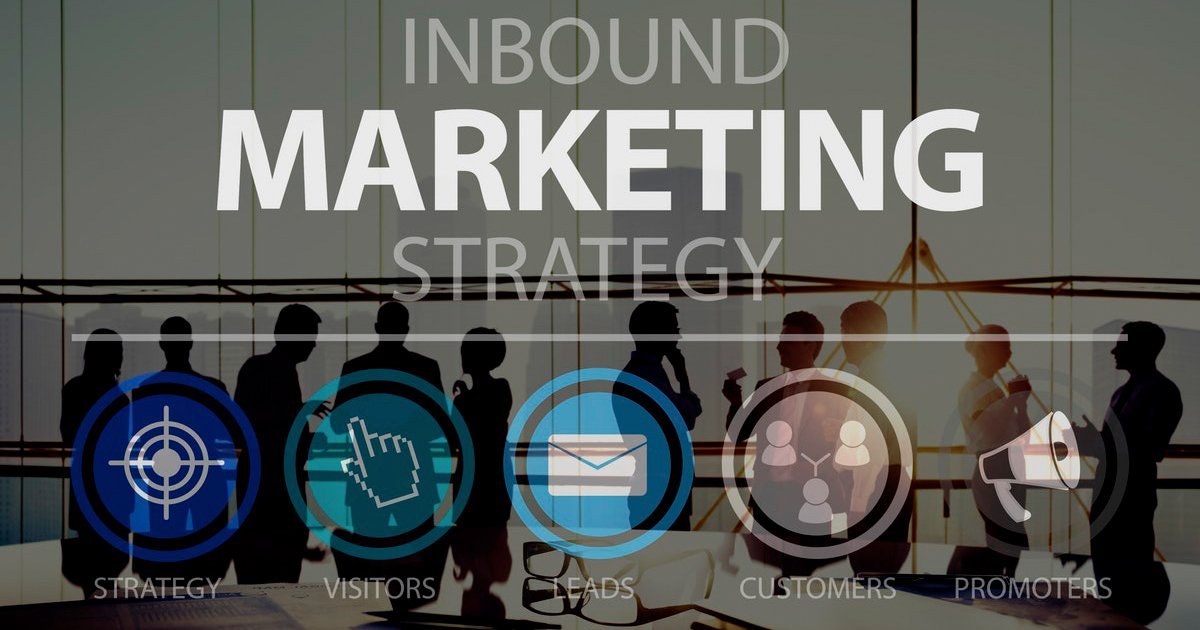Launching an e-commerce business has become easier than ever. With the rapid rise of online shopping, businesses must have a reliable and efficient e-commerce platform to reach their customers. Choosing the right e-commerce platform is a critical decision that can greatly impact your business’s success. Among the most popular options available, Shopify, WooCommerce, and BigCommerce stand out as some of the leading choices.
If you’re starting a new business or looking to switch your existing store to a new platform, understanding the pros and cons of each option will empower you to make an informed decision.
Shopify: BEGINNERS E-commerce Solution
Overview:
Shopify is one of the most popular e-commerce platforms available today. Launched in 2006, it has become a go-to solution for both beginners and seasoned e-commerce entrepreneurs. Shopify is a fully hosted platform, meaning it takes care of all the technical aspects such as hosting, security, and software updates.
Key Features:
- Ease of Use: Shopify is known for its user-friendly interface, making it an excellent choice for beginners. You don’t need any technical skills to set up and manage a Shopify store. With its drag-and-drop design and customizable themes, setting up your online store is quick and straightforward. Accordingly, though, your options are limited to those that are pre-chosen and integrated for selection.
- Payment Gateways: Shopify supports over 100 payment gateways, which makes it easy for merchants to accept payments from customers worldwide. It also comes with its own payment gateway, Shopify Payments, which allows users to avoid transaction fees when using this option.
- App Ecosystem: Shopify has an extensive app marketplace with thousands of plugins that enhance the functionality of your store. Whether you need tools for marketing, shipping, or accounting, you can find an app that fits your needs.
- Scalability: Shopify is designed to scale with your business. Whether you’re starting with a small store or expanding into a large-scale operation, Shopify can accommodate your growth.
- Support: Shopify offers 24/7 customer support through live chat, email, and phone. They also have a comprehensive knowledge base with tutorials and guides to help users navigate the platform.
Pros of Shopify:
- Easy to use for beginners.
- Wide range of integrations and apps.
- Excellent customer support.
- Fast loading times and secure payment options.
- Mobile-optimized themes.
Cons of Shopify:
- Monthly fees can be expensive, especially for advanced plans.
- Limited design customization compared to open-source platforms.
- Transaction fees unless you use Shopify Payments.
- Limitations on custom code allowances, even SEO practices.

WooCommerce: The Flexible E-COMMERCE ANSWER
Overview:
WooCommerce is an open-source e-commerce plugin designed for WordPress websites. Since its launch in 2011, it has gained significant popularity, powering millions of online stores worldwide. WooCommerce is a highly flexible platform that allows you to add e-commerce functionality to an existing WordPress site or create a brand-new store.
Key Features:
- Integration with WordPress: As a WordPress plugin, WooCommerce seamlessly integrates with the WordPress content management system (CMS). If you’re already using WordPress, adding WooCommerce to your site is a natural choice, as it enables you to leverage the powerful blogging and content features of WordPress while adding e-commerce functionality.
- Customizability: WooCommerce offers a high level of customization. Since it’s open-source, you have complete control over your store’s design, functionality, and features. You can install custom themes, add plugins, or modify the code to suit your specific needs.
- Cost-Effective: The WooCommerce plugin itself is free, but you will need to pay for website hosting, domain registration, and any premium themes or plugins. This makes WooCommerce a cost-effective choice for small businesses and entrepreneurs on a budget.
- Payment Options: WooCommerce supports a wide range of payment gateways, including PayPal, Stripe, and Authorize.Net. You can also use WooCommerce’s built-in payment processing options or install third-party plugins for additional gateways.
- Community and Support: WooCommerce benefits from the vast WordPress community, which provides a wealth of tutorials, forums, and resources. Additionally, WooCommerce has its own dedicated support team, and many third-party developers offer support for customizations.
Pros of WooCommerce:
- Open-source and highly customizable.
- Ideal for users already familiar with WordPress.
- Free plugin with many optional paid extensions.
- Large and active community.
- Full control over design and functionality.
Cons of WooCommerce:
- Requires technical knowledge for setup and customization. Here at Eliyahna Creative, we can provide all of the technical knowledge required.
- You’ll need to manage your hosting and security. However, when you purchase your site through use, we provide the hosting, security, and weekly maintenance for your website and email servers.
- May incur costs for premium themes and plugins. – All included when your new build is created by us.
- Limited built-in features compared to fully hosted platforms like Shopify. When your WordPress site is built by Eliyahna Creative developers, we’re sure to include just the features you need while excluding the extra elements that you don’t for a streamlined experience.

BigCommerce: STANDARD E-commerce Platform
Overview:
BigCommerce is a cloud-based e-commerce platform designed for both small and large businesses. Founded in 2009, BigCommerce focuses on providing a comprehensive, feature-rich solution for merchants who need an enterprise-level e-commerce store without the complexity of traditional software.
Key Features:
- Scalability: BigCommerce is ideal for growing businesses. It offers powerful features such as multi-channel selling, international selling, and SEO tools, which make it a great choice for businesses looking to expand their reach. Custom coding for SEO is limited however because of the proprietary regulations.
- Built-in Features: Unlike WooCommerce, which relies heavily on third-party plugins for additional functionality, BigCommerce comes with a wide range of built-in features. This includes advanced reporting tools, abandoned cart recovery, and an integrated blog. Blog formatting to integrate sales funnels is limited to those elements and arrangements that are provided.
- Multi-Channel Selling: BigCommerce allows you to sell across multiple platforms, including Amazon, eBay, Facebook, and Instagram. This feature is particularly valuable for businesses looking to increase their visibility and sales on various online marketplaces.
- Security and Hosting: As a fully hosted platform, BigCommerce handles all hosting, security, and maintenance tasks. This ensures that your store is always secure and performing optimally without the need for manual updates.
- SEO Capabilities: BigCommerce is equipped with limited SEO tools to help your store rank higher in search engine results. It includes features like customizable URLs, automatic sitemap generation, and integration with Google Analytics.
Pros of BigCommerce:
- Advanced built-in features with no need for third-party apps.
- Multi-channel selling for broader market reach.
- Excellent scalability for large businesses.
- Some limited SEO tools for better search engine rankings.
- Fully hosted platform with secure, reliable performance.
Cons of BigCommerce:
- Higher pricing compared to Shopify and WooCommerce.
- May be too complex for beginners.
- Limited design customization options compared to Shopify or WooCommerce.
How to Choose the Right E-commerce Platform for Your Business
When choosing an e-commerce platform, it’s essential to consider the following factors:
- Budget: If you’re on a tight budget, WooCommerce may be the most cost-effective option since the plugin is free. Shopify and BigCommerce have monthly subscription fees, which can be higher as you scale. We’ll customize your WooCommerce site to fit your marketing and branding requirements.
- Ease of Use: Shopify is known for its simplicity and ease of use, making it an excellent choice for beginners who want to create a site themselves. Creating a site without marketing, e-commerce, or SEO expertise, however, can fall very short of the ultimate potential. WooCommerce requires some technical knowledge, while BigCommerce can be more complex for new users.
- Customization Needs: WooCommerce offers the highest level of customization, followed by Shopify. BigCommerce is less customizable but provides a wide range of built-in features.
- Scalability: If you plan to grow your business significantly, BigCommerce and Shopify will require higher and higher fees for scalability. WooCommerce will scale with the requirement of some hands-on management, provided automatically by your team here at Eliyahna Creative.
- Support: Shopify provides 24/7 customer support while BigCommerce offers robust support, including phone and live chat options. Your WordPress website from Eliyahna Creative comes with 24/7 support via ticket, email, telephone, or text.
Choosing the right e-commerce platform is a decision that requires careful consideration of your business needs, budget, and long-term goals. Shopify is an excellent choice for beginners who want an easy-to-use solution with great support. WooCommerce is perfect for businesses already using WordPress and those who need maximum flexibility and customization. BigCommerce, on the other hand, is best suited for businesses that require standardized features with scalability.
Ultimately, the best e-commerce platform depends on your unique requirements and business objectives. Consider your needs carefully, and you’ll be well on your way to selecting the platform that will help you grow and succeed in the competitive world of e-commerce.








 It’s the best way to promote business growth and that’s what can make the difference between failure and success. Most entrepreneurs understand that the wider audience you can appeal to, the better. But not targeting
It’s the best way to promote business growth and that’s what can make the difference between failure and success. Most entrepreneurs understand that the wider audience you can appeal to, the better. But not targeting